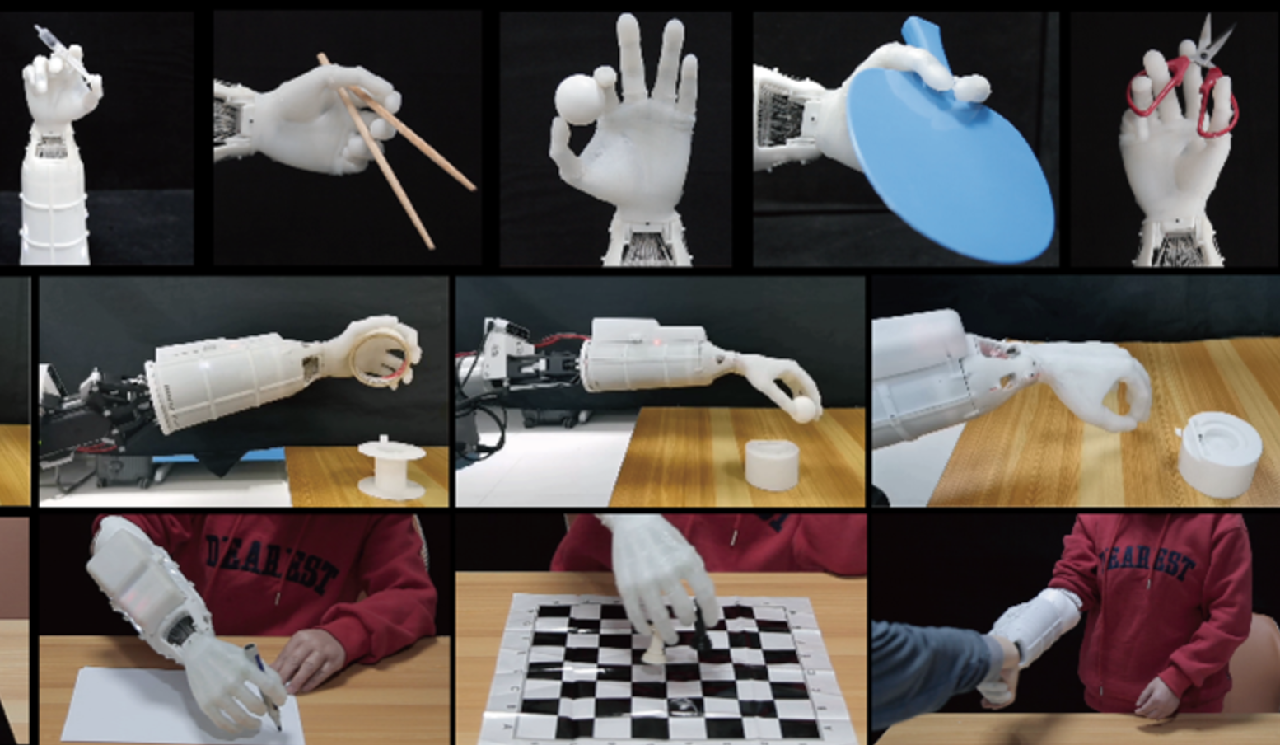Groundbreaking Prosthetic Hand Developed by Chinese Research Team
A Chinese research team has created a groundbreaking prosthetic hand, marking a significant advancement in the field of prosthetics. This innovative device promises enhanced functionality and an improved quality of life for users.

The human hand showcases 23 degrees of freedom—the number of independent movements it can achieve—making it an extraordinary feat of natural engineering. It accounts for 54 percent of the body's overall functional movements despite constituting only about one-150th of the body’s total weight.
In contrast, traditional prosthetic hands typically powered by motors face challenges in balancing weight and functionality. The majority weigh over 0.4 kilograms, which can cause discomfort while providing fewer than 10 degrees of freedom. This limitation hampers their ability to perform complex tasks, resulting in nearly half of users discarding their prosthetic hands.
To tackle these issues, the USTC team utilized shape-memory alloys—materials that "remember" their original shape and revert to it when heated—functioning as artificial muscles.
By integrating a tendon-like transmission system, this innovative technique enhances the driving force and reduces resistance.
Additionally, the team installed 23 sensor units within the fingers and wrist for precise motion control, along with 38 shape-memory alloy actuators and a cooling module. The outcome is a prosthetic hand weighing only 0.37 kilograms, which is lighter than an average human hand while possessing 19 active degrees of freedom.
The research team asserted that the prosthetic hand exhibits exceptional dexterity, allowing users to perform tasks such as combing hair, writing, shaking hands, distributing business cards, and even playing chess.
It can replicate 33 standard human grasping modes and six new, complex ones, including using scissors, operating smartphones, and executing intricate sign language gestures.
Clinical trials demonstrated the device's effectiveness, as a 60-year-old female amputee learned to use it in just half a day, successfully completing tasks from the clinically validated hand function test—the Southampton Hand Assessment Procedure—and the Wolf Motor Function Test, which evaluates upper extremity motor abilities.
What distinguishes the USTC prosthetic hand is its integration with voice recognition technology. It supports 60 languages and 20 dialects with 95 percent accuracy, processing commands in milliseconds.
This intuitive interface renders it accessible to a broad user base, particularly amputees, as noted by the research team.
In comparison to similar global initiatives, the USTC team's design is remarkable for its high degrees of freedom, lightweight nature, and sophisticated sensory feedback.
The USTC team’s innovation is seen as a significant advancement for both prosthetics and humanoid robotics, according to the research team.
Its adaptability opens numerous practical applications across various sectors, including specialized tasks in hazardous environments like nuclear power plant maintenance or deep-sea equipment repair, as well as in medical rehabilitation, high-precision manufacturing, and home services.
Sanya Singh contributed to this report for TROIB News
Discover more Science and Technology news updates in TROIB Sci-Tech












